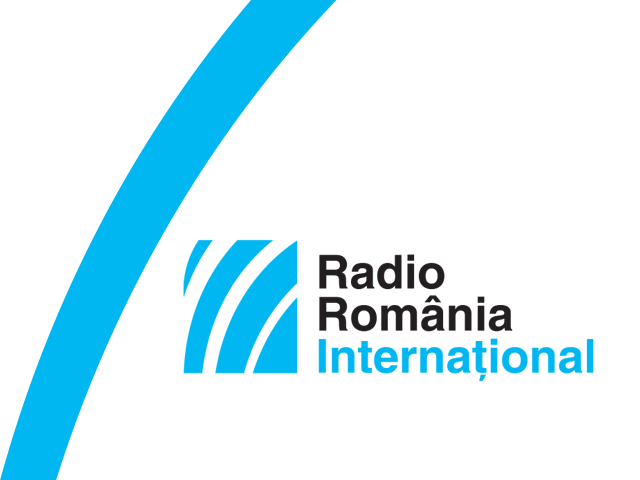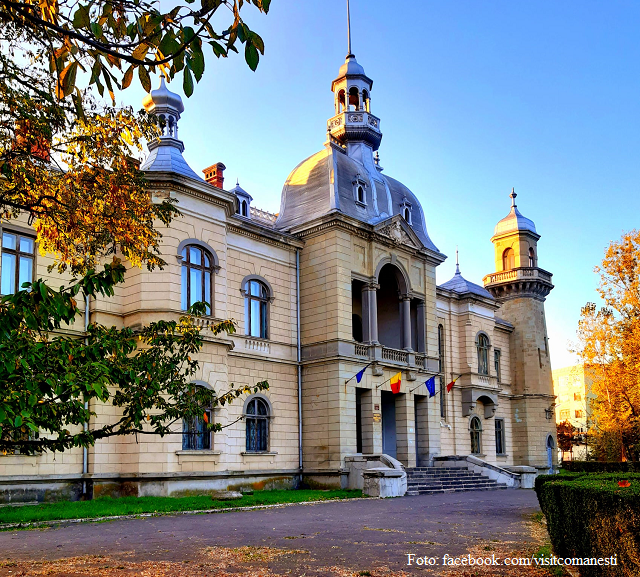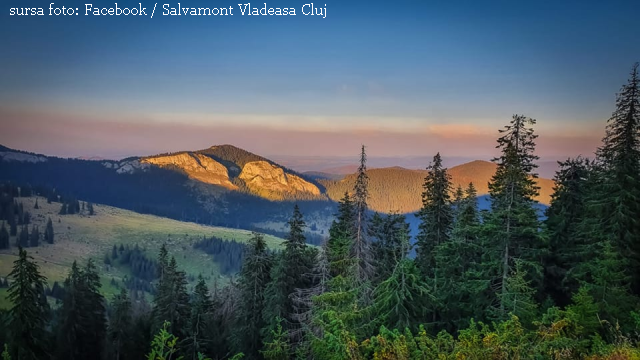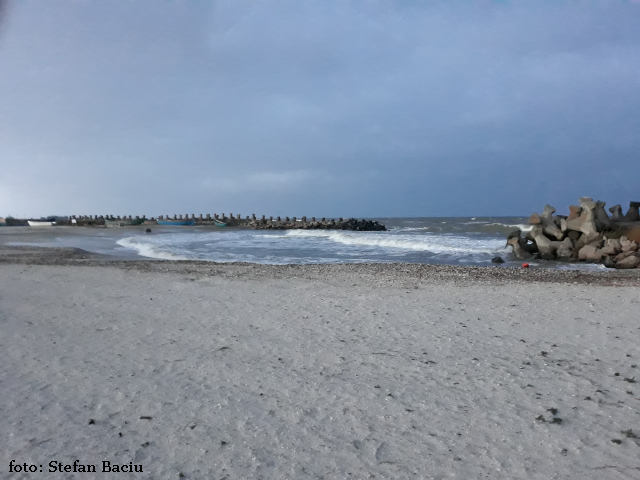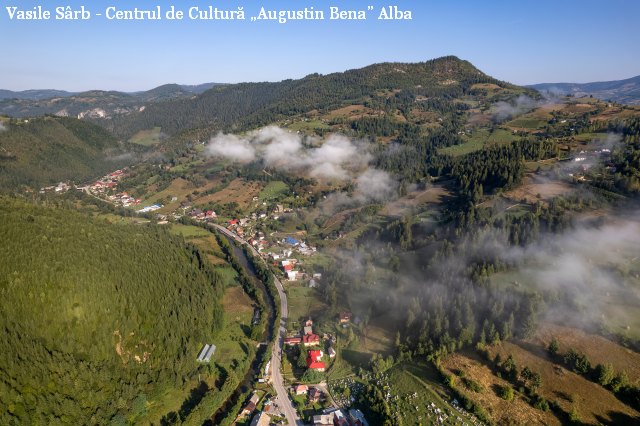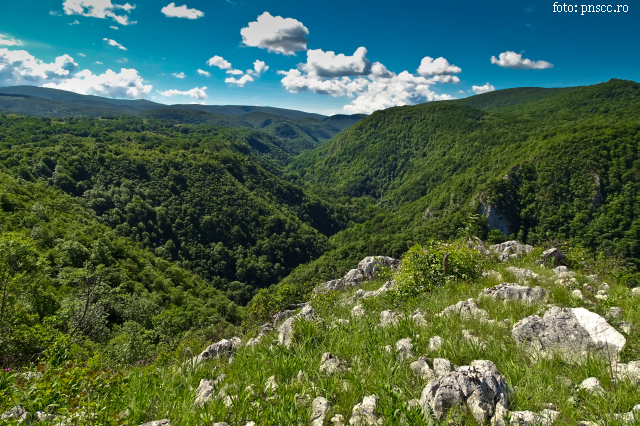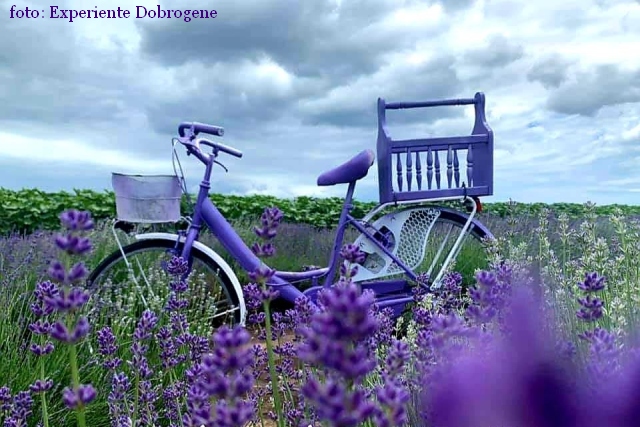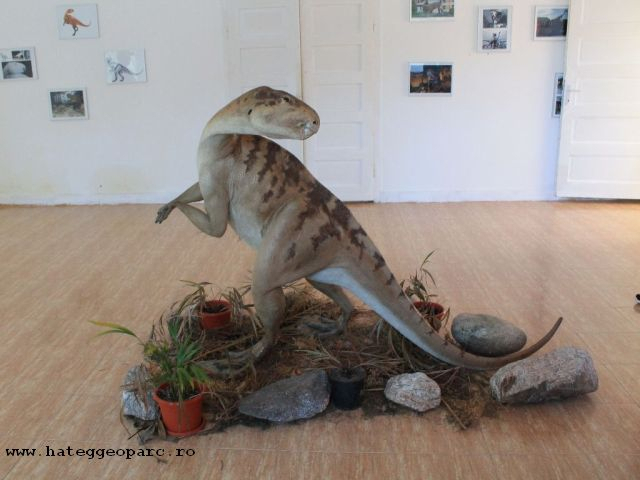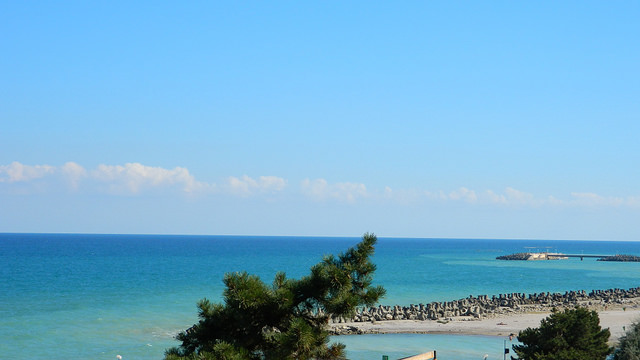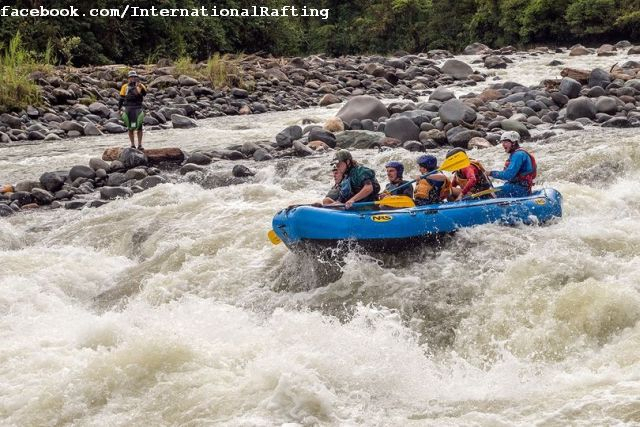Romania is a country that holds a third of spa treatment assets in Europe. Spa treatment has a very long tradition in the country, as one of the first places that created a national science organization dedicated to this type of treatment. Our guide today is Nicu Radulescu, head of the Employers Organization for Spa Tourism in Romania, who will guide us through a few of the resorts. This is by far the segment of the tourist industry with the best development over the last few years.
“On the one hand there is rising awareness that we have mineral resources and underground resources of an extraordinary variety, because, after all, spa tourism means spa treatments, meaning using natural cures. This means mineral and thermal waters, it means medicinal muds, including sapropelic, as well as marine air. This form of tourism has grown very much of late, and, as a result of this awareness, and because investors realize they are investing in the future, they invest in these resources that ensure their success. The last few years showed very clearly that investing in healthcare is the most important form. Lately there has also been a change in the profile of tourists. 15 or 20 years ago, the predominant customers, over 70% of them, were over 65. Right now we have 50% of our customers be around 40 years of age. It means that people are more aware of the preventive role of spa tourism.”
In early November we had the Spa and Wellness Tourism Congress of Romania, the first after the year 2019. It took place in Sovata. This is one of the resorts recommended by Nicu Radulescu, head of the Employers Organization for Spa Tourism in Romania:
“Sovata is an exceptional resort, in the mountains, in the Mures area, and is a resort that has extraordinary performance in terms of the problems that people face, mainly cardio-vasculary, but its specificity is treating infertility, and has provided excellent result. Sovata is very popular with foreign tourists. Of course, over the last two years, as a result of the pandemic, the entire spa sector shut down, and had no significant tourist presence. However, Sovata is a special resort in Romania and the rest of Europe. In addition, we have more extraordinary resorts. We have Baile Felix, for instance, which is just as important as Sovata. Next would be Caciulata, with its thermal and sulfur waters, great for curing GI conditions.”
Next on the list is Baile Herculane, a resort that goes back over 2,000 years. What is remarkable here are the recent investments in four-star hotels, with a faithful tourist base. Other excellent choices are the mountain resorts of Covasna and Tusnad for heart and circulatory conditions. What is unique about them in Europe is the mofettas. These are emanations of gases rich in CO2, very good for people with poor peripheral circulation. This type of treatment can only be found in South America, in Colombia, and in Tokyo, Japan. Last, but not least, the resorts on the Romanian Black Sea coast have made a real comeback. In the 70s they were really popular, then there was a steep decline, but over the last two or three years there have been major investments in the resorts of Mangalia, Techirghiol, Eforie Nord, and Eforie Sud. Here is Nicu Radulescu once again:
“I could say with great confidence that Techirghiol has become a center of excellence for Romanian healthcare. They have there a team of physicians with extraordinary results, especially at the health center, but also at the one in Mangalia. The European spa association has a great deal of respect for Romania, because, in addition to the natural riches we have, physicians have a very serious concern for the care of people who show up for treatment, and this makes them very much appreciated. Romanian doctors, especially the ones expert in physical therapy, are seen with very good eyes by Europeans. All the resorts we have have unique microclimates. No one resort resembles another. They may have similar curative factors, but each of them has a specific microclimate.”
Most spas are situated in picturesque areas. Considering that most tourists are looking for an exciting experience, we could combine spa tourism with many other kinds. There is Nicu Radulescu:
“Most Romanian spas are in nature reserves, such as Baile Herculane, in the Domogled Valea Cernei park, or close to them. All of them have different programs. There are post-COVID recovery programs, long or short term, with exceptional results. Two years ago, when we had pandemic restrictions, the idea was circulating that spa resorts were unsafe, but since then we found out that spa resorts are actually war camps to fight COVID. With the treatment facilities we have there, we can increase patient immunity. It was clearly shown that, of all the areas of Romania, spa resorts were least affected by the infection. The level of infection was always under 1%, considering that in the worst areas the level was 20%.”
Considering where Romanias spa resorts are placed, people who come here for prevention treatments can access active tourism facilities, such as rafting, paragliding, or mountain climbing. At the same time, walking outdoors or visiting villages can round up a successful trip for treatment.

